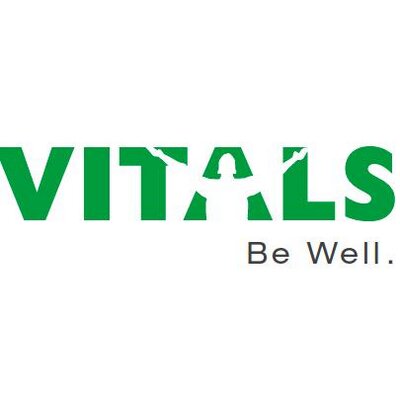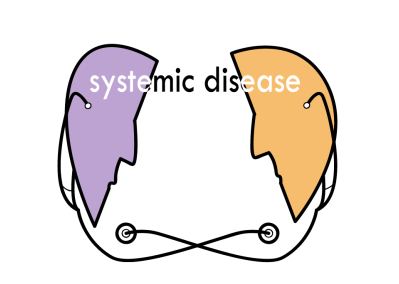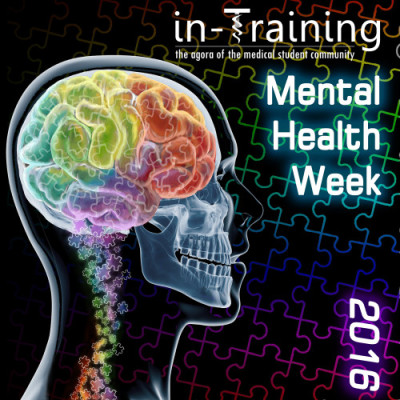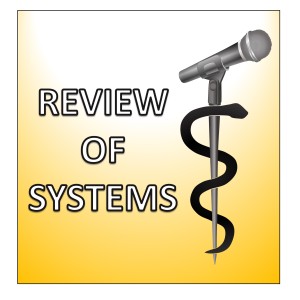My medical school, Indiana University, is one of the largest in the country with over 300 students in each graduating class. Sadly, each year it seems we lose one of our classmates to suicide. The surprising part? These numbers might be lower than the national average. In the United States, approximately 300 to 400 physicians commit suicide each year. A 2009 study in Academic Medicine reported that 12 percent of medical students had major depression and nearly six percent experienced suicide ideation. To visualize these numbers, in my class alone, statistically, 18 students have experienced suicide ideation and approximately 36 have major depression.





